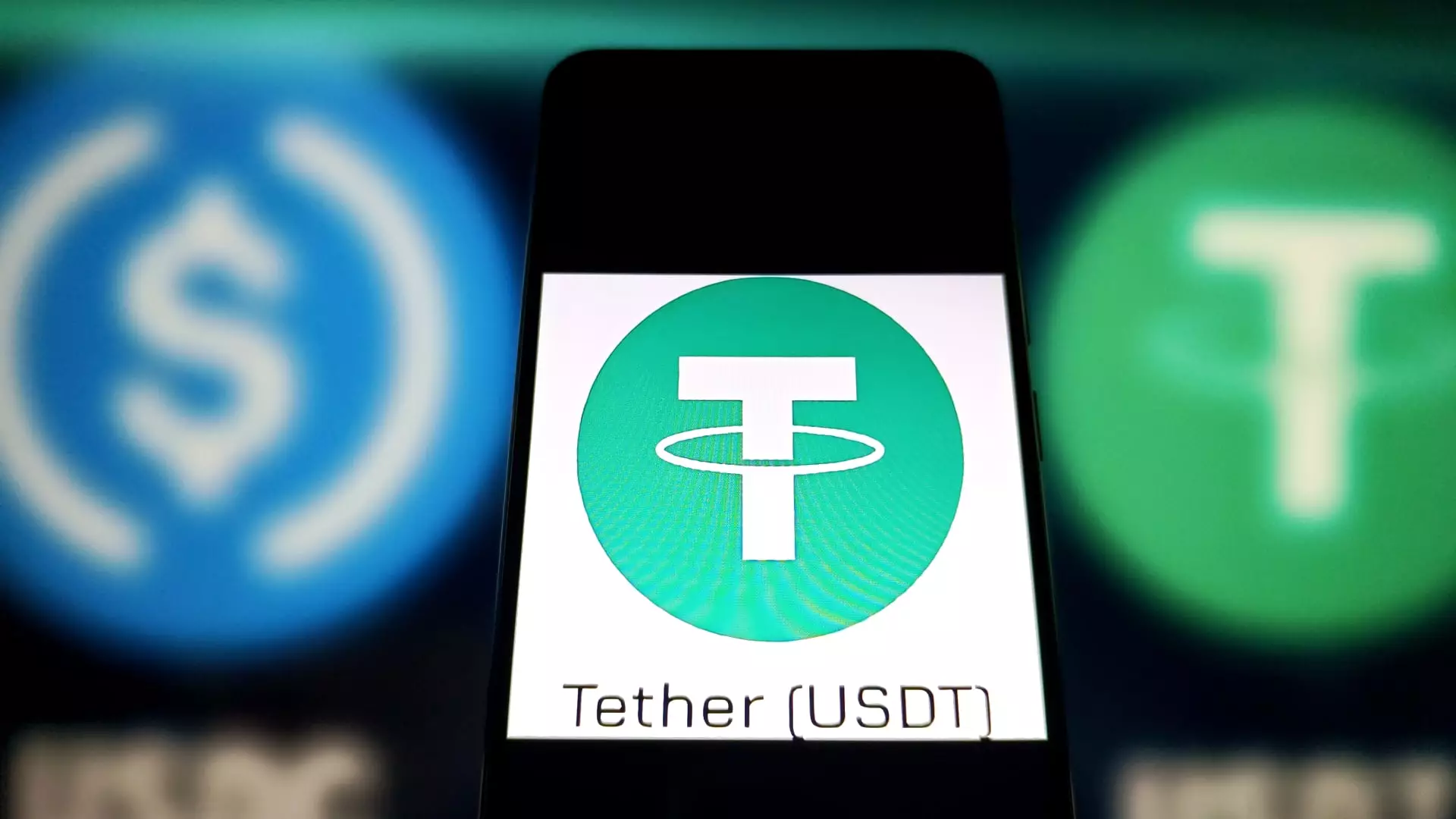In a landmark decision, Hong Kong’s legislature has passed a stablecoin bill aimed at broadening its cryptocurrency licensing framework, an initiative hailed as a game-changer in the global financial landscape. This move opens the doors for a licensing regime that demands stringent compliance from stablecoin issuers, identifying them as pivotal players in the burgeoning digital asset arena. While the intention behind this regulation is ostensibly to foster financial stability and sector innovation, one must question whether the slight tethering of regulatory oversight could strangle the very innovation it seeks to nurture.
Stablecoins represent a distinct class of cryptocurrencies that are pegged to tangible assets like fiat currencies or commodities. This backing is purported to provide a level of price stability that volatile digital currencies, such as Bitcoin, do not. With this new law, issuers are not only required to secure licenses from the Hong Kong Monetary Authority (HKMA) but must also demonstrate rigorous management of asset reserves and properly segregate client assets. This underpins a commitment to transparency and investor protection. Yet, one wonders—will a tight regulatory grip on innovation lead to stifling oversight that could deter potential breakthrough advancements in the financial system?
The Balance Between Regulation and Innovation
Hong Kong’s financial authorities have declared that this new stablecoin initiative is designed to secure the city’s status as a leading global financial hub. The HKMA aims to enhance existing regulatory frameworks in a way that encourages responsible innovation while maintaining the stability of the financial ecosystem. However, the effectiveness of such measures remains to be seen. There’s a palpable fear that imposing heavy regulations could inadvertently hinder innovation and push blockchain development into less-regulated jurisdictions.
YeFeng Gong, risk and strategy director at HashKey OTC, posits that the bill could set a “global benchmark” by implementing full reserve backing and steadfast redemption guarantees. This implies an intention not only to fortify the stability of the financial landscape but also to attract institutional investors through enhanced reliability. But this allure comes with a caveat—intended restraints could create an environment laden with compliance costs that discourage new entrants and smaller firms from participating in the market.
As stablecoins underpin a significant portion of crypto transactions—estimated at around $232 billion in market cap—governments worldwide, from the U.S. to Japan, are also recognizing their importance in the current financial discourse. The recent passage of the GENIUS Act in the U.S. Senate indicates a nascent wave of regulation aimed at framing a cohesive structure for stablecoin governance. Such synchronicity suggests a growing acknowledgment that stablecoins may serve as a bridge between traditional finance and the vast potential of DeFi (decentralized finance).
The Spectrum of Financial Sovereignty
Stablecoins offer undeniable benefits, especially when it comes to streamlining cross-border transactions. With their capacity to mitigate the complexities often associated with traditional banking, they may emerge as critical tools in enhancing the efficiency of both domestic and international payments. Furthermore, Chengyi Ong from Chainalysis emphasizes their transformative potential in breaking down barriers that have long impeded the flow of global finance.
However, apprehensions persist regarding the implications of excessive regulations that could complicate rather than simplify processes for established and emerging financial players. The fear that governments may overreach by crafting legislation that ensures compliance at the cost of innovation must be seriously considered. A careful balance must be struck between protecting consumers and fostering the dynamic evolution of financial technologies.
The determination of how these policies will unfold in practice invites skepticism and intrigue in equal measure. Can Hong Kong truly become a safe harbor for innovation while still offering robust consumer protection, or will its budding stance on stablecoins devolve into mere regulatory theater, ultimately leaving the financial landscape unchanged? As other jurisdictions move swiftly to shape their own regulatory frameworks, one must wonder if Hong Kong’s aspirations for leadership in the digital finance space will translate into pioneering success or ossified regulations.


Leave a Reply